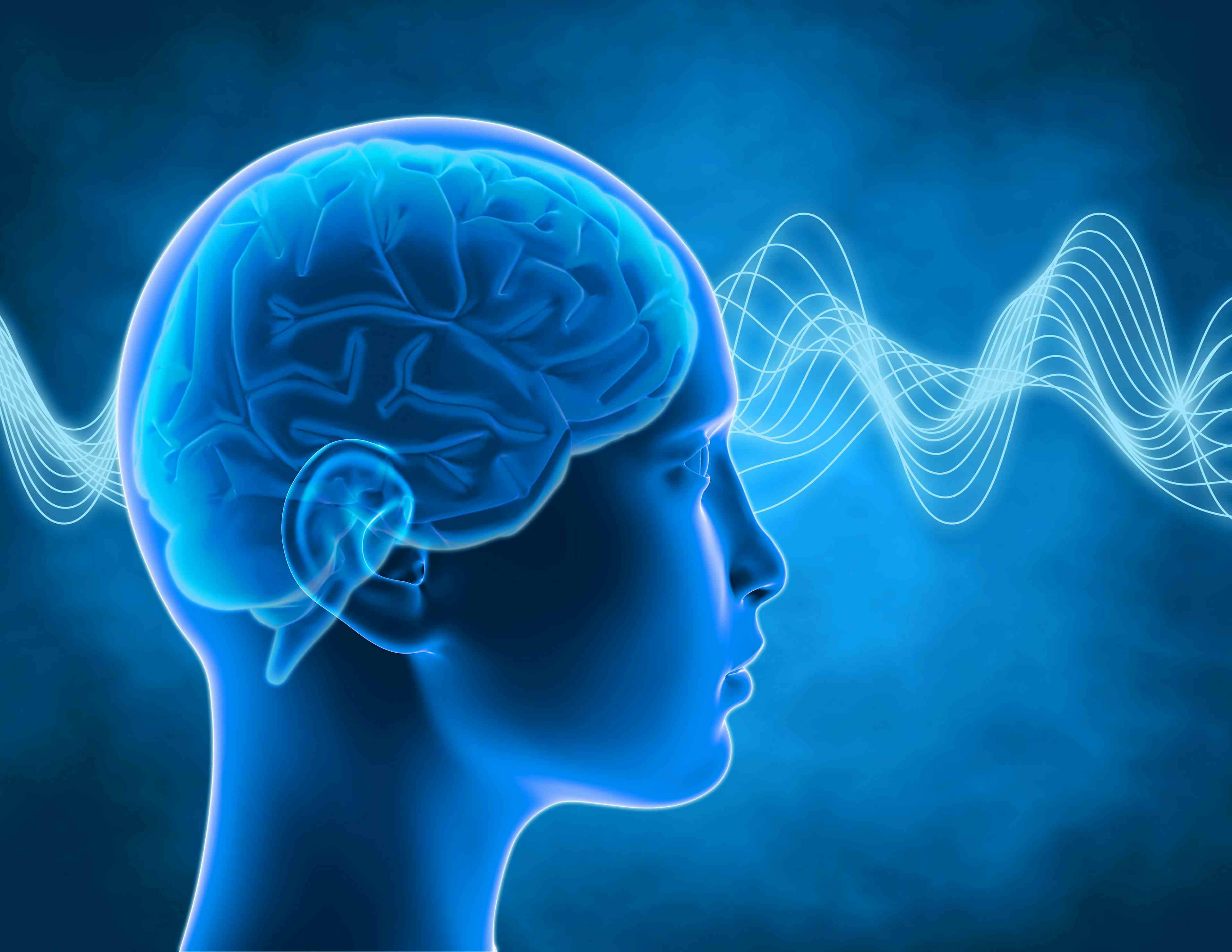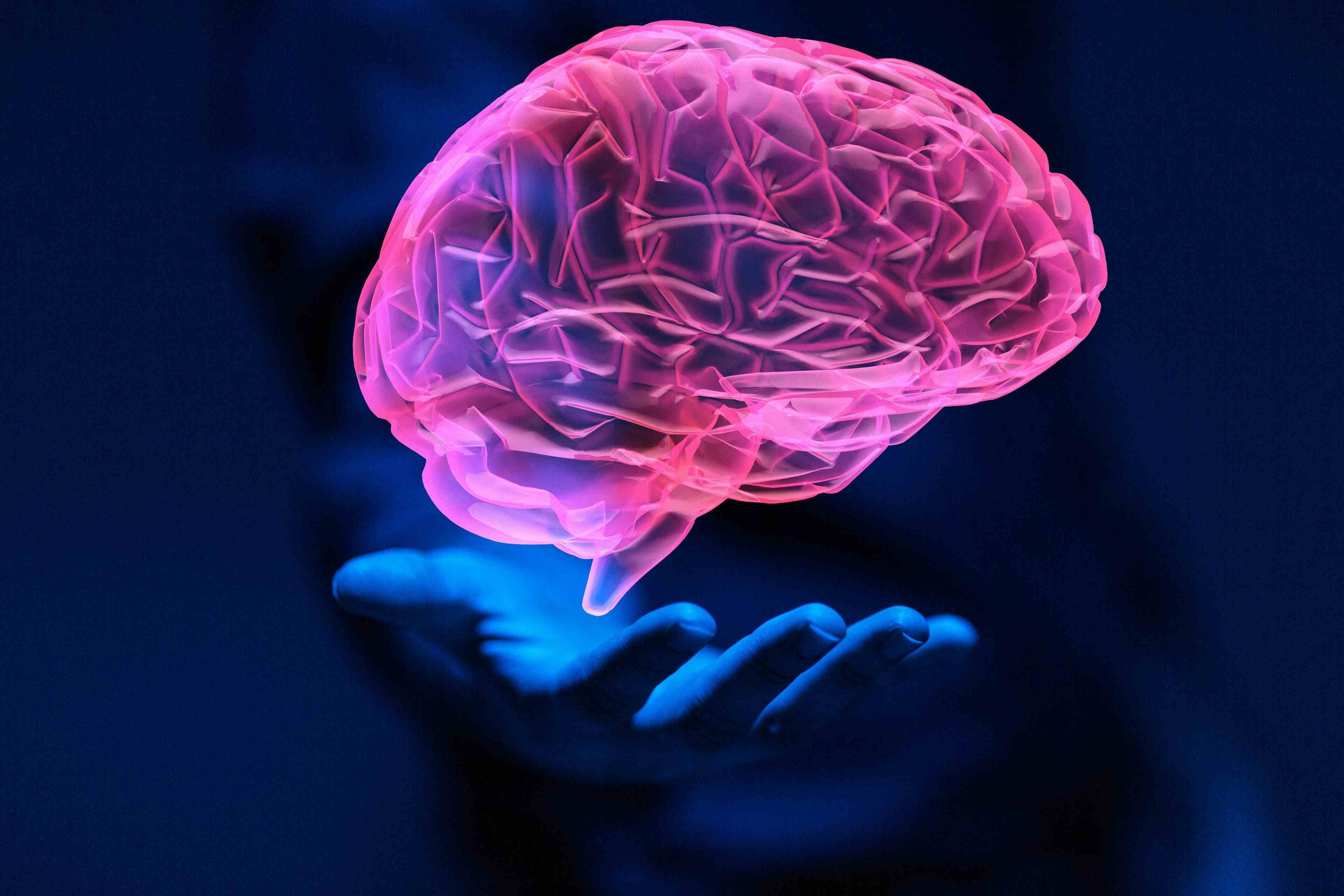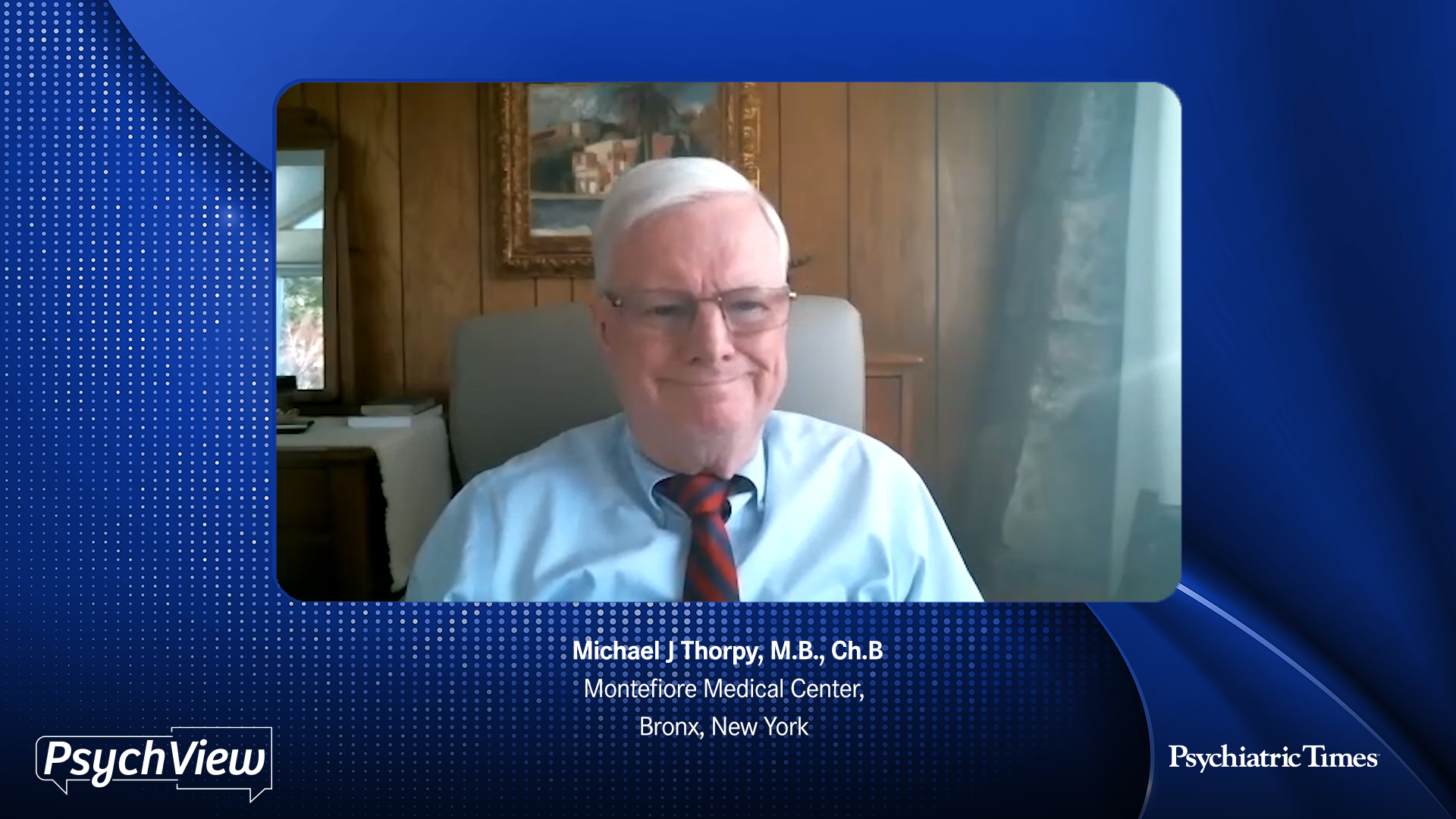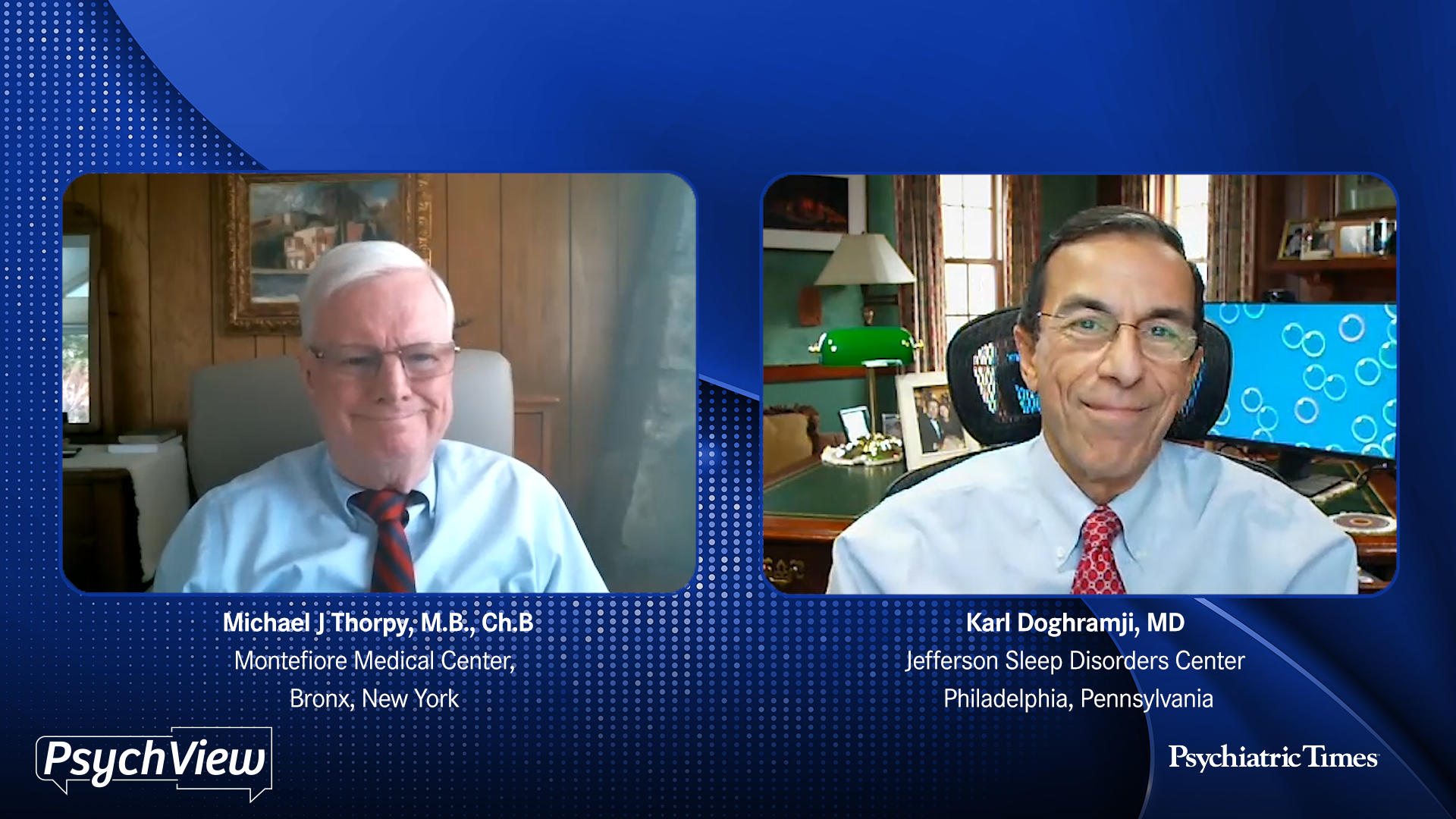Publication
Article
Psychiatric Times
Autoimmune Encephalitis: What Psychiatrists Need to Know
Author(s):
This article broadly reviews the pathophysiology of the most common forms of autoimmune encephalitis and provides guidelines tailored toward mental health professionals to best identify and manage these rare but important causes of neuropsychiatric illness.
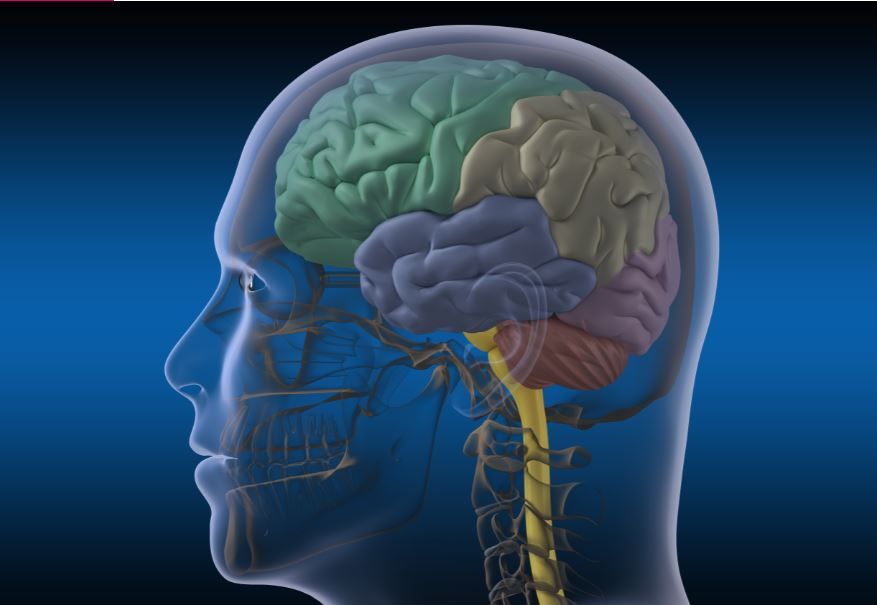
Table 1. Delineation and categorization of the most common autoimmune encephalitis syndromes

Table 2. Diagnostic testing in autoimmune encephalitis
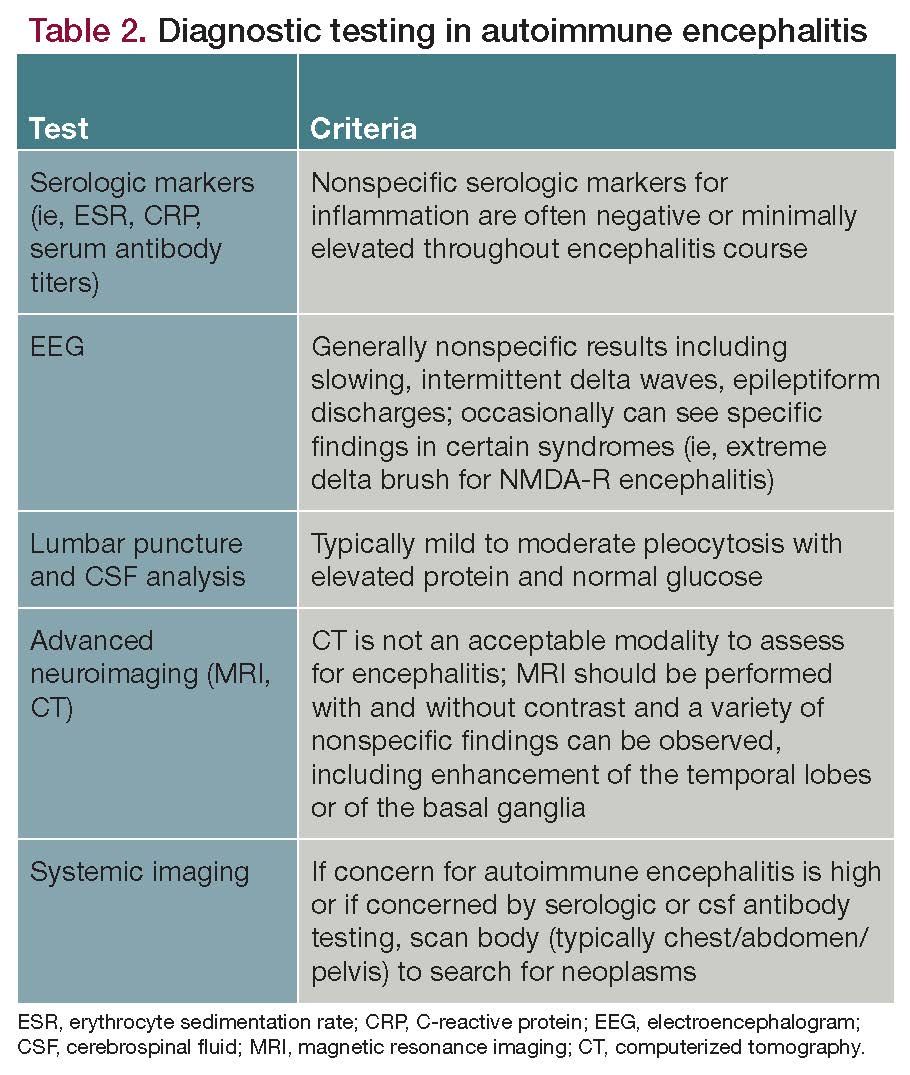
For letter(s) to the editor, click here.
Autoimmune encephalitis is an emerging and unique clinical entity that causes severe neuropsychiatric symptoms and results in significant morbidity and mortality. Because it can present with a wide variety of neurologic and psychiatric manifestations, often indistinguishable from other more common neuropsychiatric syndromes, that cause behavioral disturbance, it can often be a very challenging diagnosis for clinicians to make. This article broadly reviews the pathophysiology of the most common forms of autoimmune encephalitis and provides guidelines tailored toward mental health professionals to best identify and manage these rare but important causes of neuropsychiatric illness. Timely diagnosis of these syndromes helps facilitate appropriate, focused management and reduce morbidity, as delay in evaluation and treatment remains one of the most important hurdles facing patients suffering from autoimmune encephalitis.
Pathophysiology and epidemiology of autoimmune encephalitis
Autoimmune encephalitis is a family of syndromes caused by auto-antibodies to various either intra- or extracellular neuronal antigens. We will first provide an overview before examining common syndromes of each group in detail. Table 1 serves to help organize the categories and delineate the most common specific syndromes for each group.1
The first group comprises auto-antibodies to extracellular antigens, including extracellular receptors and ion channels.2,3 The process itself-of antibodies binding to antigens-is what is thought to be pathogenic. This group includes many well-known autoimmune encephalitis syndromes including anti-NMDA receptor encephalitis and anti-LGI1antibody encephalitis. Occasionally, some of the syndromes in this second group can also be associated with cancer, although the associations are not as frequently seen.
The second group comprises auto-antibodies to intracellular antigens and is often paraneoplastic with strong associations to various types of cancer. Disease is thought to result from T-cell activation after auto-antibodies bind to their target intracellular antigen. Finally, clinical symptoms and illness are often refractory to treatment, which is in part thought to be related to its paraneoplastic etiology, as well as T cell-mediated irreversible neuronal injury.
There is a third category of immunologic encephalitis, which is not covered in this article; it comprises brain diseases for which the precise immunological mechanism is uncertain or it is unclear whether auto-antibodies are involved and how they might mediate pathology. This category includes disorders such as CNS lupus, neurosarcoidosis, and acute disseminated encephalomyelitis.
Extracellular antigen auto-antibody syndromes
Anti-NMDA receptor encephalitis. This is one of the first and most well-described syndromes within the extracellular antigen group and now considered the most common form of autoimmune encephalitis. It is also the form in which diagnosis may be most confused for a primary psychotic illness. NMDA receptors are glutamatergic receptors often found in the presynaptic GABA neurons of the thalamus and frontal lobes, and impairment of these receptors leads to dysfunction of glutamate and dopamine throughout the brain.
Most patients are women in their 20s, and between 30% and 50% of cases are associated with ovarian teratomas. Pediatric cases are rarely associated with teratoma. Anti-NMDA receptor encephalitis is divided into stages: prodrome, early, middle, and late. Prodromes are typically made up of a nonspecific viral illness of less than two-week periods with headache and fever, as well as retrospective reporting of very subtle nonspecific neuropsychiatric symptoms including trouble with attention, concentration, changes in speech, and neurovegetative symptoms. This progresses to prominent psychiatric symptoms, which can initially be indistinguishable from a psychotic break, including: agitation, disinhibited behavior, and most commonly florid psychosis and complex delusions. In this early stage, subtle cognitive symptoms can also be elicited.
If left unchecked, this may progress into the middle and then late stages of the illness over weeks to months, which is characterized by steady decline in cognition and mental status leading to fulminant catatonia and then coma associated with extensor posturing. During this stage, patients often also exhibit dyskinesias including orofacial movements such as lip smacking and writhing hand and arm choreoathetosis. Severe autonomic fluctuations, seizures, and cardiac dysrhythmias are also manifestations of this stage.
Anti-LG1 receptor antibody encephalitis. This syndrome most commonly affects patients in their 50s through 70s, with a slightly higher predilection for men rather than woman. LG-1 is a specific type of presynaptic glycoprotein involved in the regulation of voltage gated potassium channels. Clinical symptoms include a classic constellation of hyponatremia, refractory innumerate unilateral facial and upper arm twitching seizures known as fasciobrachial dystonic seizures, and indolent confusion and memory loss occurring over several months. Typically, subtle memory loss and sleep disorder emerge first, giving rise to seizures, hyponatremia, and frank encephalopathy.
Anti AMPA-receptor encephalitis. AMPA is another ionotropic receptor that modulates control of glutamate within the CNS. Anti-AMPA receptor encephalitis has a wide demographic range ranging from 30 to 70 years of age, although the median age is in the 5th or 6th decade. There is a slight female to male predominance, and about half of patients are found to have some type of solid organ tumor. Clinical symptoms share characteristics with anti-NMDA receptor encephalitis, with early onset of confusion, psychosis, visual hallucinations, and personality change followed by frank and focal neurologic deficits such as hemiparesis, aphasia, or ataxia, fulminant confusion, catatonia, coma, posturing, and seizures.4
Intracellular antigen auto-antibody syndromes
Paraneoplastic limbic encephalitis syndromes due to anti-Hu, anti-Ta, and anti-Ma antibodies are well described in the literature. These antibodies are typically generated by solid tumors; roughly 50% are primary lung tumors, namely small cell lung cancer, with smaller but still significant subsets of testicular and breast cancer (20%). Neuropsychiatric symptoms often precede any overt evidence or diagnosis of tumor by several months, and commonly manifest as subacute depression, irritability, hallucinations, or memory loss occurring over weeks to months. These psychiatric symptoms may progress to frank confusion and dementia and can also include symptoms such as sleep disturbance and seizures. Treatment is often focused on identification and management of the underlying tumor, and prognosis of these syndromes is generally guarded.5,6
Clinical assessment of autoimmune encephalitis
Mental health professionals evaluating a case of new onset psychosis should be aware of the expert-consensus suggested diagnostic criteria for autoimmune encephalitis.7
Diagnosis can be made when all three of the following criteria have been met:
1 Subacute onset (rapid progression of less than 3 months) of working memory deficits (short-term memory loss), altered mental status (lethargy, personality change, or cognitive deficits), or psychiatric symptoms
2 At least one of the following: new focal CNS findings; seizures not explained by a previously known seizure disorder; cerebrospinal fluid (CSF) pleocytosis (white blood cell count of more than five cells per mm); MRI features suggestive of encephalitis.
3 Reasonable exclusion of alternative causes
Psychiatric practitioners should also take note of any of the following features in psychiatric illness, which would prompt concern for encephalitis:
• Focal neurologic deficits, including hyper-reflexia or signs of meningismus
• Concurrent dysautonomia (ie, tachycardia, hypertension, hypotension, fevers)
• Prominent symptoms such as headache or flu-like illness
• New onset catatonia without prior psychiatric history or rapid progression to catatonia
• Refractory psychosis or catatonia to appropriate psychotropic management
• Cognitive deficits that appear out of proportion to duration of psychiatric illness or out of proportion to general psychiatric symptoms
• New onset psychosis developing rapidly without family history, not substance related, and without prodromal symptoms
Clinicians should note that these recommendations are most pertinent for cases of new onset psychosis, and unusual symptoms to be evaluated for most closely overlap with the presenting features of anti-NMDA receptor encephalitis.
As detailed above, the primary flags are the presence of seizures, dyskinesias, and dysautonomia concurrent with mood symptoms or psychotic features. Other cases that may be considered may have early manifestation of or rapid progression to unusual psychiatric features in a primary psychotic illness, such severe agitation and catatonia, or psychosis and catatonia refractory to appropriate psychotropic management.
Criteria for diagnostic testing in cases of concern about autoimmune encephalitis are provided in Table 2. Psychiatrists concerned about autoimmune encephalitis, should involve their neurologic colleagues early in the evaluation. Clinicians should note that nonspecific systemic serologic markers for inflammation such as erythrocyte sedimentation rate and c-reactive protein are often only mildly elevated or within the normal range throughout the disease course and are not recommended to be used in the evaluation of autoimmune encephalitis.
Many diagnostic tests can be normal or show only nonspecific abnormal results early on in the process, although that should not delay testing. Both serum and cerebrospinal fluid (CSF) testing for autoimmune antibody titers exist and should be performed as soon as possible, because these antibody titers often require 14 to 21 days to return results. Serum testing, however, has high rates of false positivity and should only be considered relevant in the setting of a consistent clinical picture or positive CSF result. Clinicians should also be aware that not infrequently, autoimmune encephalitis can be sero-negative, without an identified positive serum or CSF antibody, and such a diagnosis should be made in a multidisciplinary approach with neurologic colleagues.
Finally, important infectious and metabolic causes of encephalitis should also be ruled out with a very detailed history and diagnostic testing for infectious pathologies such as human immunodeficiency virus, herpes simplex virus, mycoplasma, cytomegalovirus, and syphilis. Other viral encephalitidies including West Nile virus should be undertaken as well. Serum studies for vitamin testing including B12 and B1 levels are also recommended, as these deficiencies can present with primary psychosis.
Management and long-term outcomes
A multi-disciplinary approach is paramount to adequately and appropriately addressing patients, with involvement from psychiatric practitioners, neurologists, and internists. If diagnostic testing confirms a diagnosis of autoimmune encephalitis, or if clinical presentation is highly suggestive of seronegative autoimmune encephalitis, the following treatment strategies are recommended.
Initial treatment commonly begins with high dose intravenous steroid regimens, generally methylprednisolone 1 mg/kg, followed by or given concurrently with either plasmapheresis or intravenous immunoglobulin (IVIG) administration. Appropriate duration and recurrence of therapy is unclear. Steroid regimens range from 3 to 5 days to subacute/chronic tapers until clinical stabilization, whereas plasma exchange and IVIG regimens generally run roughly 5 to 7 days. Many cases of autoimmune encephalitis are also treated with intravenous administration of rituximab or cyclophosphamide, thought to be beneficial in refractory cases, cases with delay to treatment initiation, and in preventing/decreasing relapses.
In addition to these immunosuppressants, we highly advocate for adjunctive psychiatric treatment both acutely as well as chronically for sequelae that may develop. Refractory agitation, often in the form of shouting, screaming, or writhing movements, are very common, and most supportive management strategies include atypical antipsychotics such as quetiapine, risperidone, and olanzapine. Benzodiazepines can also be used, but clinicians should be cautious of delirium effects. Due to the prolonged periods of illness and severity of agitation, lengthy duration and high doses of antipsychotics are often employed, and clinicians should remain cognizant of potential QTc prolongation as well as dysautonomia.
Recovery is often a months-to-years long process, especially for patients with fulminant manifestations such as coma and catatonia. It is not uncommon for several months to 2 years to pass after sufficient immunosuppression and clearance of antibody before patients starts to regain appreciable levels of conscious awareness. Many patients experience cognitive deficits, memory loss, extreme fatigue, pseudobulbar affect, mood and anxiety disorders, and dissociative symptoms for months to years, and they may require intensive inpatient and outpatient physical, occupational and speech therapy.5 Agents such as amantadine, modafinil, stimulants, mood stabilizers, and selective serotonin reuptake inhibitors can all be safely considered to target these sequelae.
Summary
Autoimmune encephalitis is an increasingly recognized but challenging diagnosis with protean manifestations, chiefly many acute neuropsychiatric presentations. However, with adequate clinician awareness and prompt initiation of diagnostic testing and intervention, patients can lead productive lives.
LETTER TO THE EDITOR
Drs. Deng and Yeshokumar have written an invaluable review of the pathophysiology, diagnosis and management of Autoimmune Encephalitis- a group of neuropsychiatric disorders which, as the authors point out, are often under-recognized and misdiagnosed resulting in delays in treatment and increased morbidity.
One aspect of this topic which was not addressed in this article is the important role that psychological/neuropsychological testing can play in the differential diagnosis of these clinical syndromes in the acute phase and the utility of this diagnostic approach for monitoring progress in treatment during the recovery and maintenance phases of these illnesses.
Psychometric testing is highly sensitive to the impairing effects of this group of conditions on all aspects of a patient’s mental status. It can be easily adapted to the clinical needs of the situation: As deemed appropriate, testing can be limited to bedside screening during the acute phase while a more extended examination may be completed when a patient has become more stable.
In addition, psychometric testing can assist in post-hospital planning. This can include the design and implementation of cognitive rehabilitation services, the writing of accommodation plans for possible reentry to work and school, clarifying the parameters of outpatient psychiatric care and delineating areas of preserved and impaired functioning for patients who apply for disability.
For additional information please see: D. Nicolle and J. Moses: A Systematic Review of the Neuropsychological Sequelae of People Diagnosed with Anti N-Methyl-D- Aspartate Receptor Encephalitis in the Acute and Chronic Phases: Archives of Clinical Neuropsychology, 2018, 33 (8), pages 964-983.
Sincerely,
Jerrold Pollak, PhD
Clinical and Neuropsychologist
Portsmouth, NH
Disclosures:
Dr Deng is Assistant Professor of Neurology, Department of Neurology, Icahn School of Medicine, Mount Sinai Health System, New York, NY; Dr Yeshokumar is Assistant Professor of Neurology, Department of Neurology, Icahn School of Medicine, Mount Sinai Health System, New York, NY. The authors report no conflicts of interest concerning the subject matter of this article.
References:
1. Lee SK, L S-T. The laboratory diagnosis of autoimmune encephalitis. J Epilepsy Res. 2016;6:45-52.
2. Dalmau J, Graus F. Antibody mediated encephalitis. New Eng J Med. 2018;378:840-851.
3. Lancaster J. The diagnosis and treatment of autoimmune encephalitis. J Clin Neurol. 2016;12:1-13.
4. Hoftberger R, van Sonderen A, Leypoldt F, et al. Encephalitis and AMPA receptor antibodies. Neurology. 2015;84:2403-2412.
5. Honnorat J, Antoine J-C. Paraneoplastic neurological syndromes. Orphanet J Rare Dis. May 4, 2007;2:22.
6. Gultekin SH, Rosenfeld MR, Voltz R, et al. Paraneoplastic limbic encephalitis. Brain. 2000;123:1481-1494.
7. Graus F, Titulaer MJ, Balu R, et al. A clinical approach to diagnosis of autoimmune encephalitis. Lancet Neurol. 2016;15:391-404.


















